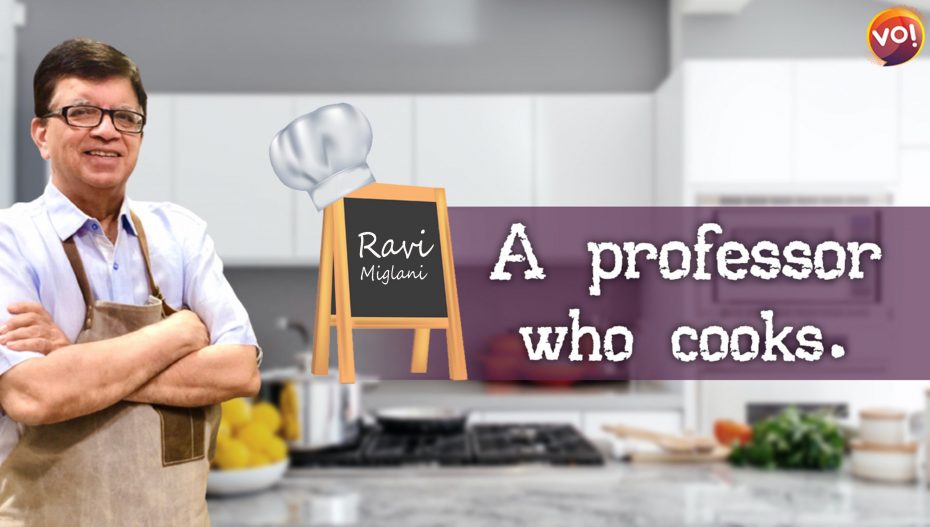If you are this far into my series of columns, you know that I savour every bite of my food. I pick apart the colours, textures, tastes, smells, and sounds in every bite, and mindfully immerse myself in the party in my mouth.
But the Western style of serving food makes it difficult to enjoy that symphony in the mouth. In this style, the food is often served as individual plates to each member of the dining party. Not a sharing platter. So, if I order a risotto and my dinner partner orders a penne arrabbiata, we are each expected to dutifully dig into our own dishes, and not covet the neighbour’s dish. The first bite of my risotto is divine. The creaminess, the al dente bite of the fat arborio grain, the luscious umami mushroom flavour. To die for. But then I take the second bite, and it’s more of the same. Still excited, I take the third and the fourth and the seventh bite…still the same. You get the picture. This risotto is the best I have ever eaten. But I figured that out in bite number one. Then it’s all downhill from there. This regimented bite consistency is killing me. There is no surprise, no new experience in bite eleven; no surprise in bite seventeen. After the first few glorious bites, I must settle into the monotony, until I wipe the plate clean in bite twenty-six. Yes, the monotony is so soul-killing that I have often resorted to bite counting. A plate of risotto served at fancy white-tablecloth establishments lasts for an average of twenty-six bites.
That is my problem with this to-each-his-own style of serving pasta, or risotto, or steak, or shepherd’s pie, or quiche. They may each be Michelin-worthy. But, telling me to eat twenty-six identical bites of even the most divine food is torture.
Then there is the issue of the food served over several courses. You eat the delightful but monotonous five bites of the hors d’oeuvres, then the six sips of the soup, then the seven bites of the appetiser, then the twenty-six bites of the main, then the six bites of the… At any one time, you have just one option: scoop the next spoonful, with the absolute certainty that it will be identical to the previous spoonful. No surprise, no suspense, no squeals of serendipitous delight. Everything is laid out precisely in the menu for each course. All Precision, No Surprise: that could well be the epitaph of the whole western civilisation.
That brings me to the antithesis of bite consistency. The glorious thali. The Indian thali is drama in every bite. It lays out all its wares altogether. It’s like a child in a toy shop. Everything is up for grabs, all at the same time. In a thali, there is no starter and no main. You dig into the whole treasure trove. It’s not just that every bite is different. There is bite variation within each bite – you corner a bit of the rice, spoon some dal on it, slide in a bit of the vegetable onto it – any of the seven little bowls of vegetables lined up like a golden necklace around the thali – drop a bit of the pickle, and finish with some crumbled papad on the mound. That is a meal in a bite. When that construction hits your mouth, well you are in multisensory heaven – the pulpy rice, the syrupy dal, the spicy veg, the tingling pickle, the crunchy papad.
The thali defies categorisation. It cannot be put into a genre, not placed neatly under a section in the menu. It is all of the menu and more, and all of that in every bite. The thali often reminds me of Bollywood movies. A typical Bollywood movie defies the genres of Hollywood: Drama, Thriller, Romance, Action, Comedy. A Bollywood movie is all of these genres over the course of the movie; nay all genres often within the same scene, albeit unintentionally. The movie glides seamlessly from the chawls of Mumbai to the snowy peaks of Switzerland; it glides from a gruesome killing in one scene to comedy in the next; or a comical gruesome killing. That is the thali for you. Gliding from screaming hot sambhar in one bite to the lusciously syrupy gulab jamun in the next.
Give me the humble thali any day over the celebrity chef’s five courses.
This Professor Cooks. And talks about food ideas, food science, food culture, food hacks, and food history. Watch this space for some food and a lot more food for thought. Ravi Miglani is a home cook and consumer insights professional. Following a corporate career spanning eight countries and three decades, he is now a professor at Ahmedabad University (when he is not cooking).











